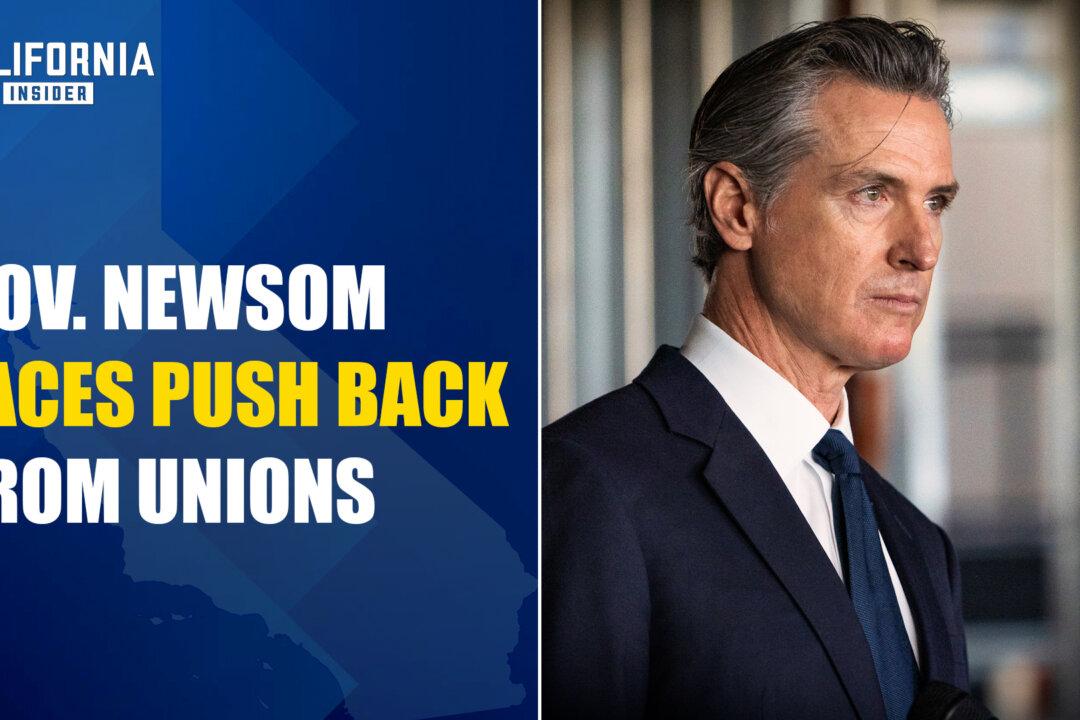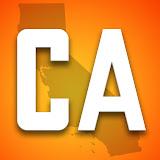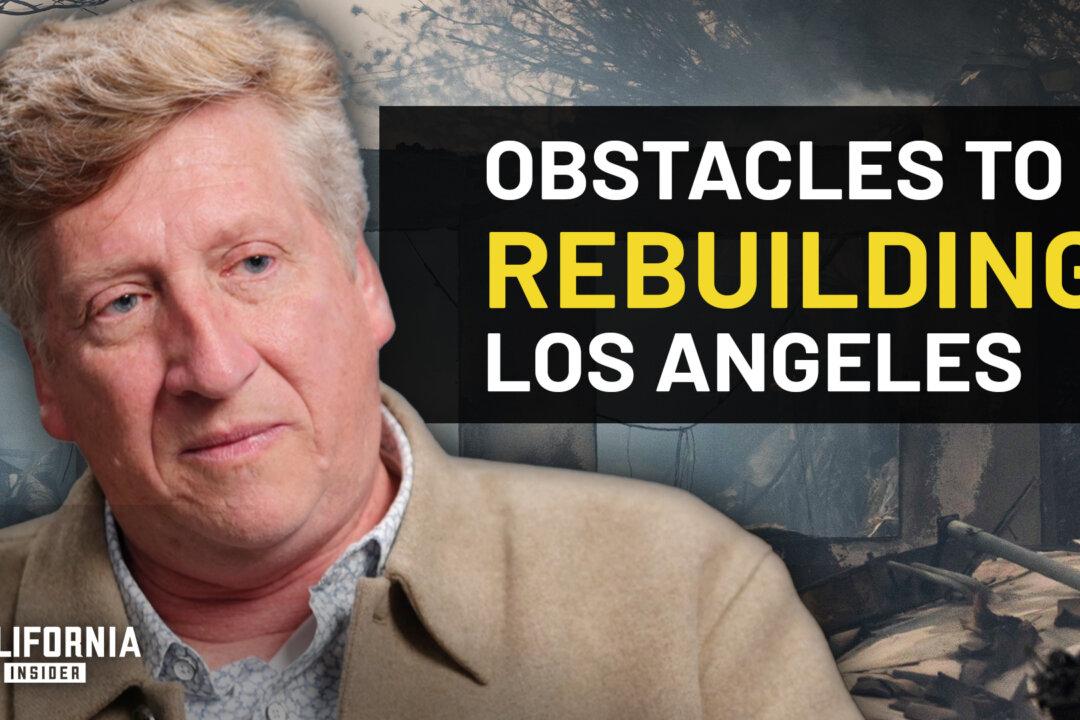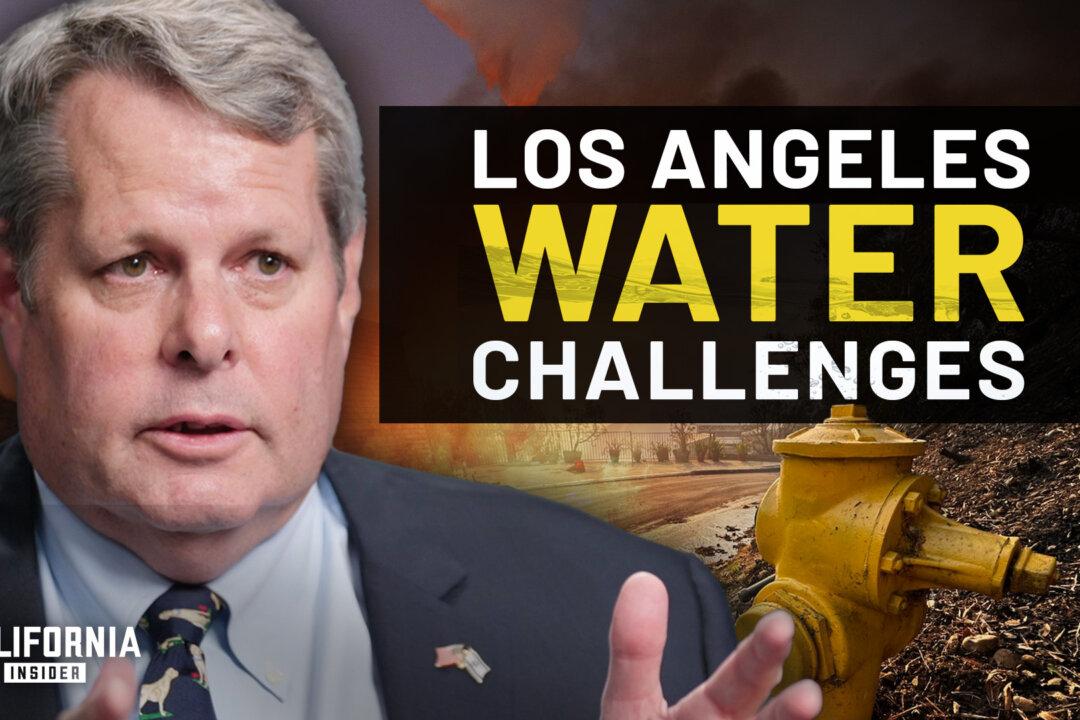The Battle Over Remote Work: A Showdown in Sacramento
In recent months, California’s political landscape has witnessed a significant clash between Governor Gavin Newsom and state government unions over the return-to-office mandate. This contentious issue highlights the intricate dynamics of power, politics, and public policy within the state. The ongoing debate, spearheaded by Governor Newsom, raises critical questions about governance, labor rights, and the future of work.
Gov. Newsom Wants California State Employees Back in the Office; Faces Opposition | Will Swaim

|Updated:
Most Californians are unaware of crucial topics and issues that directly impact their lives due to limited news coverage. While they may skim through headlines, they crave in-depth news analysis to uncover the underlying stories.
California Insider Opinion aims to fill this gap by providing viewers with essential information to comprehend the news and delve into the deeper issues behind the headlines.
This show not only covers vital topics and breaking news but also offers insights that are hard to find elsewhere. The innovative short-form video format sets it apart from other media outlets, making it a unique source of information.
California Insider Opinion presents a 10-minute video featuring experts and individuals with strong credentials who offer their opinions and insights, helping viewers grasp the news from a specialized perspective.
Author’s Selected Articles




